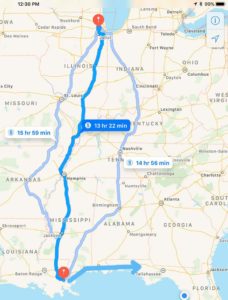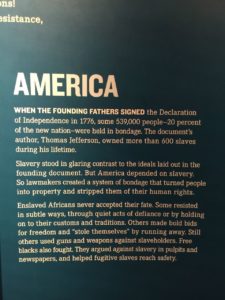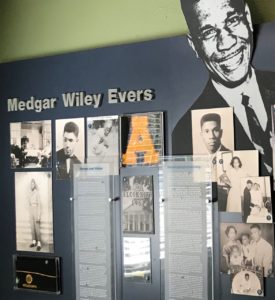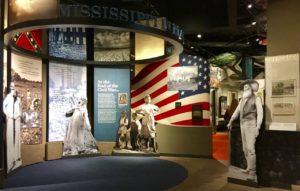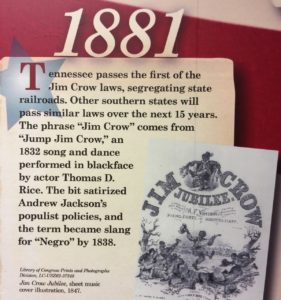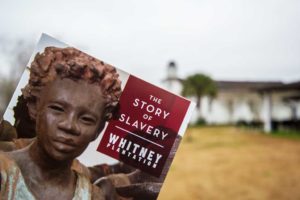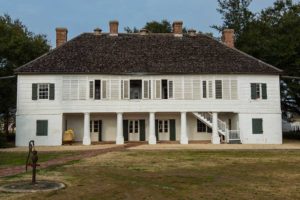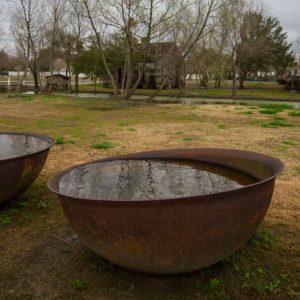Cindy figured out that we could get to Florida via Memphis, TN, Jackson, MS and New Orleans, LA (in time for Mardi Gras, but that’s another story), so we traveled I-57 south rather than the route through Indiana that Chicagoans typically use.
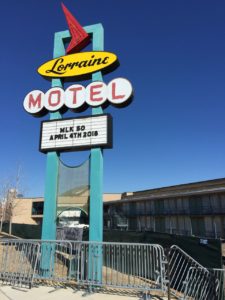
In Memphis, we toured the National Civil Rights Museum at the Lorraine Motel, which incorporates the Lorraine Motel where Dr. Martin Luther King was assinated as well as the rooming house across the street where the assassin waited. The museum’s exhibits start with stark fact that “When the founding fathers signed the Declaration of Independence in 1776, some 539,000 people – 20 percent of the new nation – were held in bondage.”
The timeline of the civil rights struggle from that time through Dr. King’s last hours, and the assassin’s lair across the street is shocking.
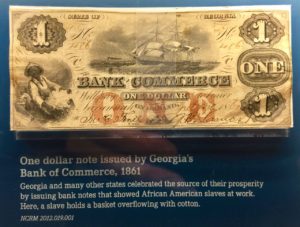
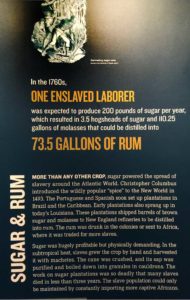
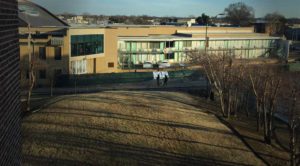
In Jackson, MS we toured the home of Medgar Evers, the slain NAACP leader who was assinated in his driveway in June 1963. Ms. Minnie Watson hosted us at the modest family ranch and spoke eloquently of Medgar Evers’ work, and the legacy his assassination had on his family and the country. Despite making no effort at all to cover his crime, his assassin was acquitted of the murder by all-white juries in two trials, and was not brought to justice for more than thirty years.
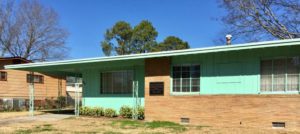
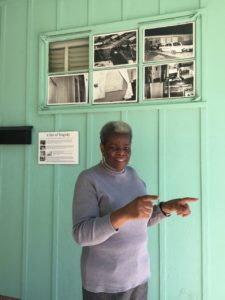
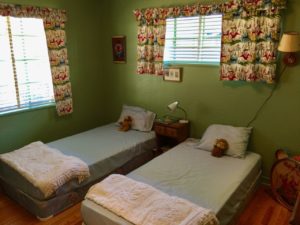
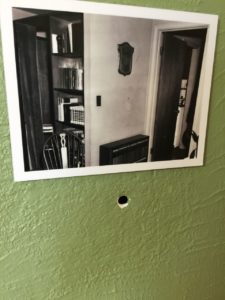
Also in Jackson, MS we visited the new Mississippi Civil Rights Museum. Its narrative is similar to the National Civil Rights Museum.
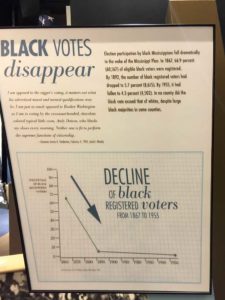
Outside of New Orleans the reality of slavery really hits you on a tour of the Whitney Plantation. It’s the only plantation tour seen from the viewpoint of the slaves who were captive there and is based on the Slave Narratives recorded by Works Progress Administration writers in the depression. Slave Narratives was a program to record oral histories from people who were slaves, since this work was done in the 1930s, the people interviewed were children when they were enslaved.
Whitney Plantation was a sugar plantation, sugar cane is perishable, when it was ready for harvest slaves were forced to work from first light to last. Our guide comparing cotton plantations to sugar plantations said, “Cotton will break you, but cane will kill you. The life expectancy of a sugar field worker was ten years.”
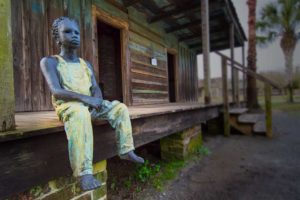
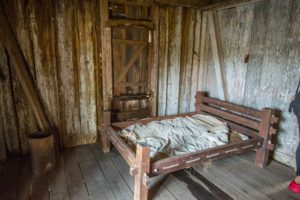
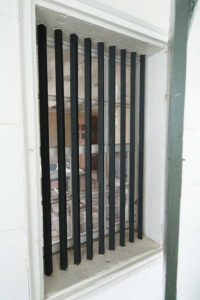
Whitney Plantation was a sugar plantation; large kettles were used to boil the sugar cane mash into sugar. Slaves were forced to do the hazardous work of ladling hot mash from kettle to kettle.

